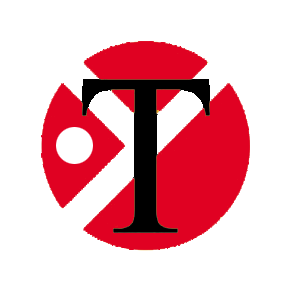Interview featured in ACSA and Study Architecture website
supporting Architecture in the Age of Mixed Reality: The DAAP Library @ the University of Cincinnati.

Column by Jennifer H. Krivickas/ Assistant Vice President for Integrated Research Head of the Robert A. Deshon and Karl J. Schlachter Library/Adjunct Instructor: DAAP Schools of Design & Art/College of Design, Architecture, Art, and Planning (DAAP) University of Cincinnati
At the University of Cincinnati College of Design, Architecture, Art, and Planning (DAAP), future-forward faculty are exploring with virtual reality (VR) to conduct research, make, and teach. Consequently the DAAP Library invested in a collection of ‘over the counter’ VR viewers such as Mr. Cardboard, I am Cardboard, P2 popups, unofficial cardboard, smartvr, pocket 360vr, View Master, and a few others. Funnily, since acquiring the viewers late last year, several people have asked “Why?” It is not a bad question per se, but to us the answer is…well, obvious.
DAAP Library users are architects – designers in and of space, so having the ability to create structures that actually look feel and sound like eventual physical structures, is huge. Another part of DAAP is the School of Planning, whose students, through the use of VR tech, are able to better convey size and scope of large-scale projects, a problem 2D renderings and passé, not to mention, unsustainable physical models have always posed. An important component of DAAP is our top-ranked design school where students are already designing all sorts of unorthodox next gen physical and virtual objects from web experiences to transportation to fashion objects and products…all of which can and will be translated, by our students, into and out of, virtual reality.
DAAP faculty member Prof. Ming Tang is teaching Architecture in the age of mixed reality, a studio that explores the relationship between virtual reality and physical architecture. His students investigate mixed reality as a framework that can expand architectural strategies such as environmental conceptualism, user interaction, building function, and construction techniques. In this class, the group studies topics such as physical and digital crossovers, augmented and virtual realities, time and ephemerality and the impacts on both architecture and architecture practice.
- More on ACSA website,
- More on Study Architecture website
- More on VR website














